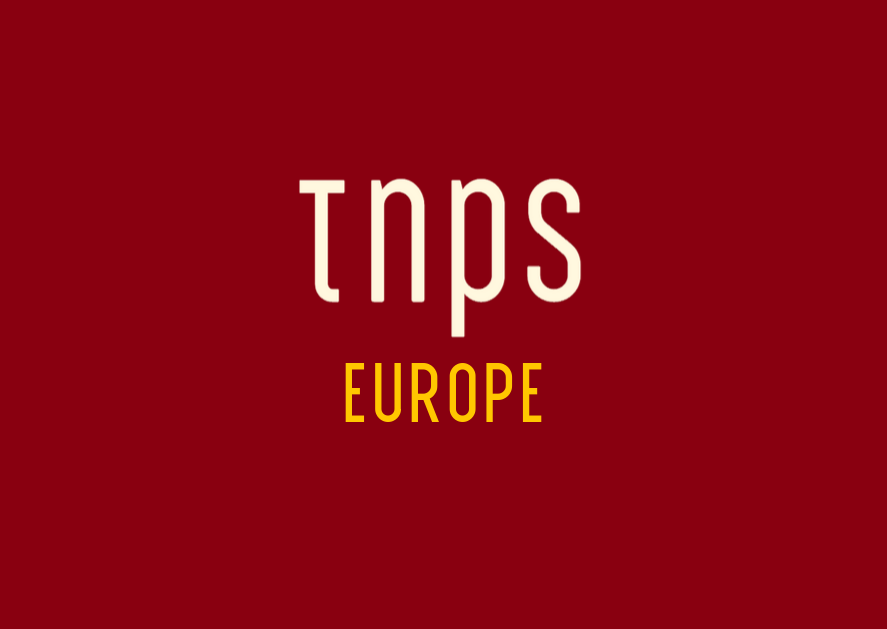We do have a “final” figure of 75,000 visitors, and counting. And that’s one of the beauties of virtual events – that they can pull in audiences long after the event has notionally ended, so that 75k figure will assuredly rise.
March 21-24 has been set for the 2022 Bologna Children’s Book Fair, with Sharjah as Guest of Honour, in what some might deem to be a triumph of hope over experience as the second Pandemic-Induced digital Bologna fair winds up.
As this post goes live much of the world is still in serious danger as the Covid-19 variants ravage the planet, and European and North American hopes that the new vaccines might have ended the plague are being challenged by the cold reality that it was lockdown, not the vaccine, that brought the virus cases crashing down, and as lock downs are lifted cases are soaring once again.
In the UK, as a pertinent example with the digital London Book Fair imminent, the planned easing of all restrictions has been postponed, and there is now disturbing talk of a Third Wave, a battlefield winter ahead, and the pandemic still being with us in 2022.
In the UK Reed Exhibitions has rebranded as RX and has belatedly embraced digital as a reality for the future. Just how much that translates to meaningful action will be revealed when the London Book Fair kicks off, while the bigger question is, of course, how well can the digital LBF do compared to the “real thing”?
At which point let’s return to Bologna 2021, and we’ll lead into that with this TNPS headline from Bologna 2020:
Mapping the New Normal – Bologna Children’s Book Fair doubles its audience by going online at last minute. Imagine what it could achieve if this were fully planned…
The May 2020 event was a last-minute stop-gap measure as the Pandemic Y1 got under way, and it surprised many by lifting the BCBF audience from its usual 30,000 real-life visitors to 60,000 virtual ones.
Unfortunately we’ll still need to imagine what a fully-planned digital BCBF might achieve as the 2021 incarnation was planned as a semi-hybrid event, by which I mean in-person focussed with a digital element, with a last-minute pivot to fully digital as the plague once again behaved as plagues do, and took not a blind bit of notice of our wishful thinking that it would somehow fade away just because a few vaccines were out there.
But we do have a “final” figure of 75,000 visitors, and counting. And that’s one of the beauties of virtual events – that they can pull in audiences long after the event has notionally ended, so that 75k figure will assuredly rise, although possibly not by so much as to get us all excited.
What we don’t have (yet) is a meaningful breakdown of where the 75,000 virtual visitors came from, but we can safely assume it attracted an international contingent way above anything conceivable for a regular in-person event where space, travel opportunity and travel and accommodation costs serve to inhibit rather than encourage attendance engagement.
The same of course goes for the London Book Fair, still mired in controversy over its refunds policy, as its first serious attempt at digital gets underway in the UK capital still in partial lockdown.
More on #LBF21 as it unfolds.





